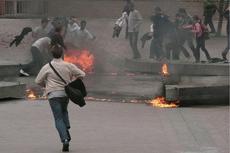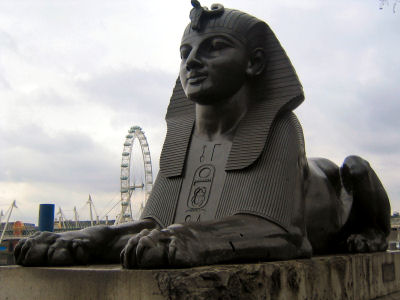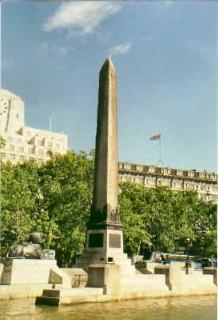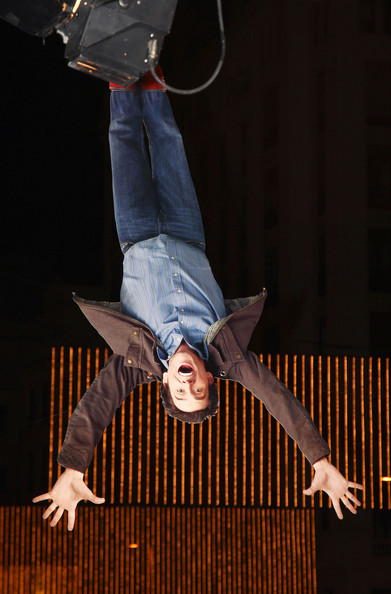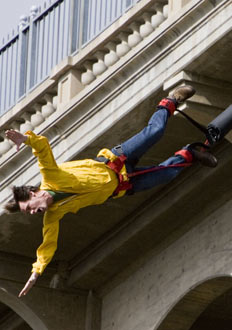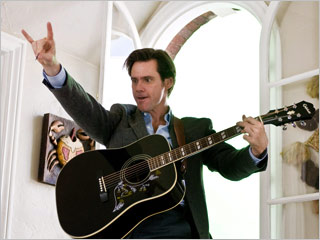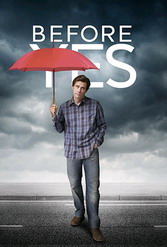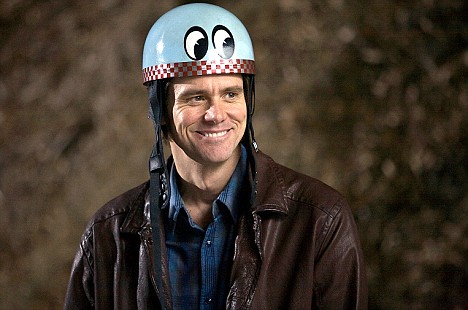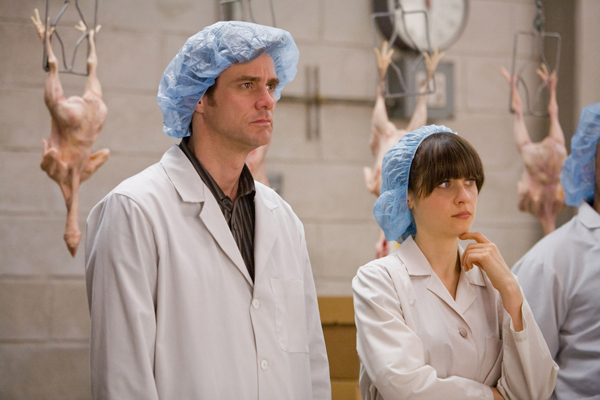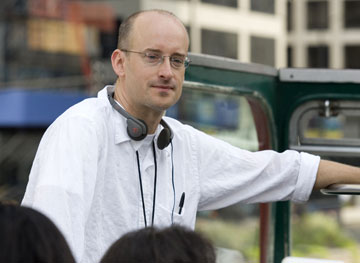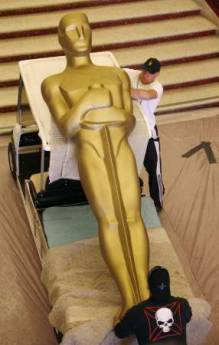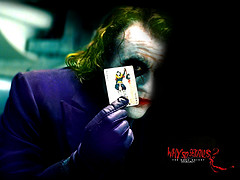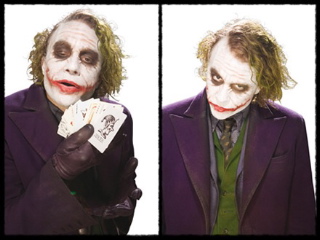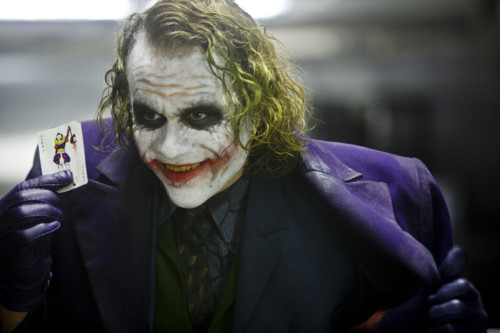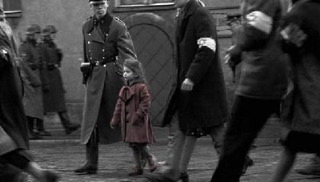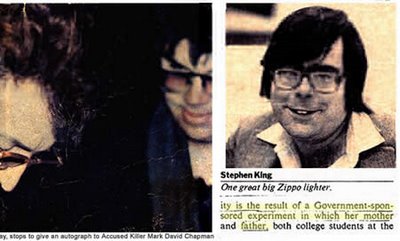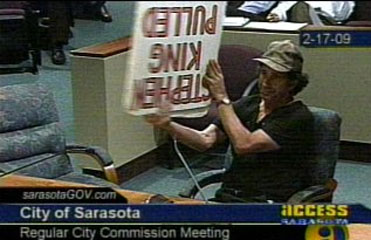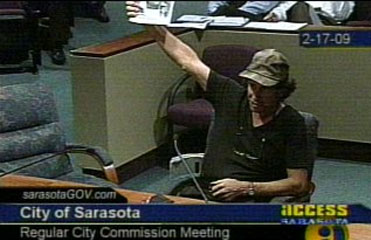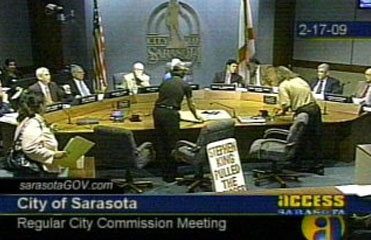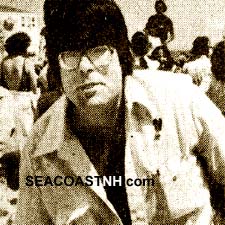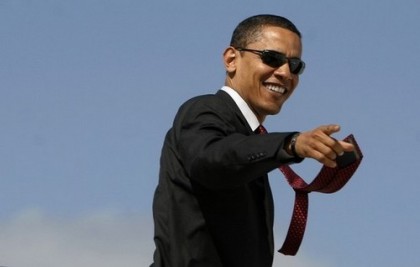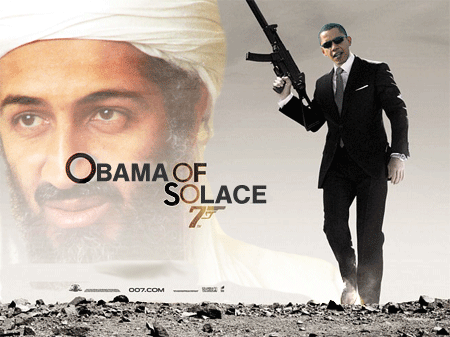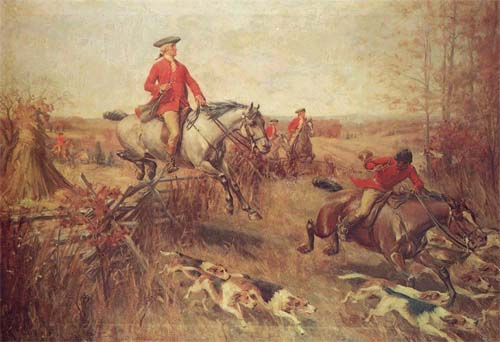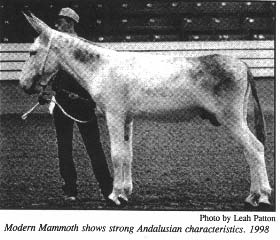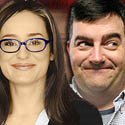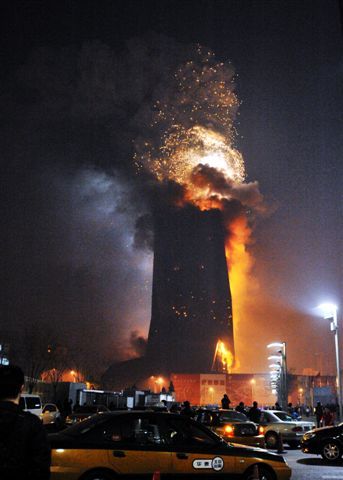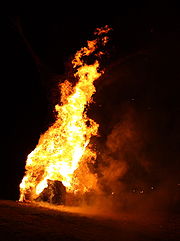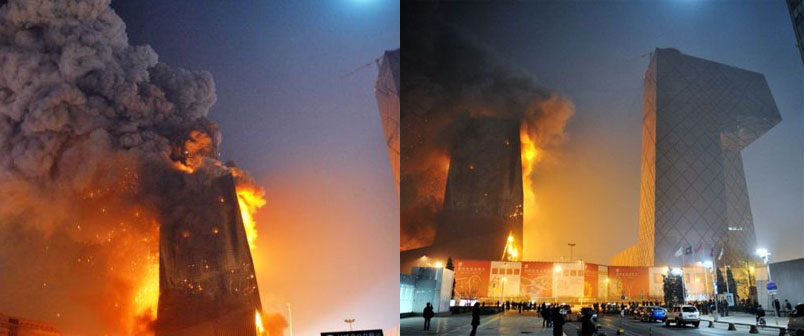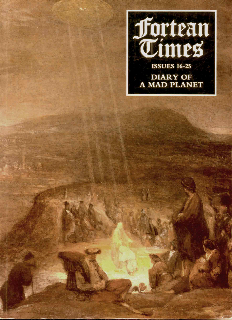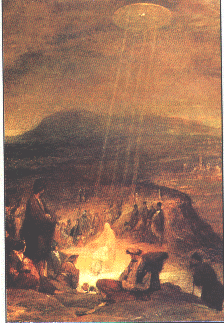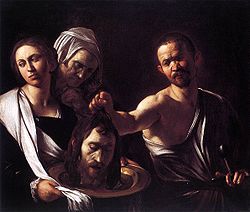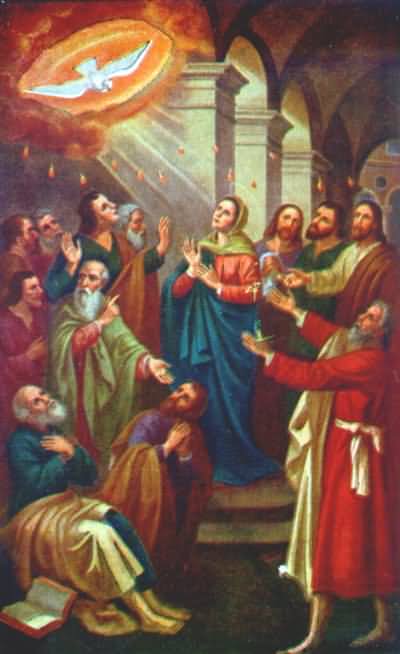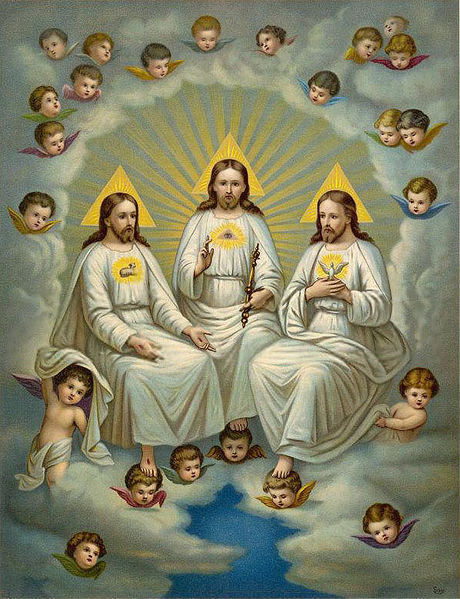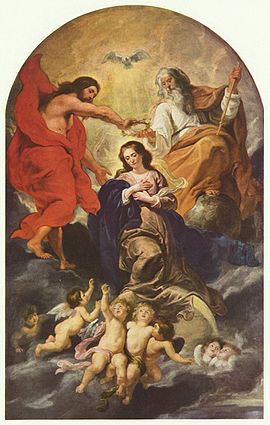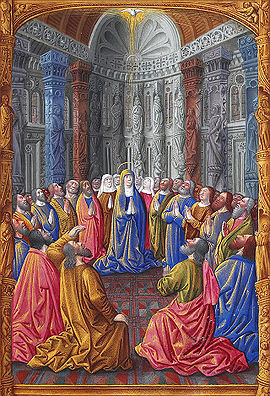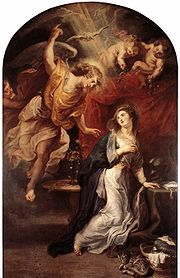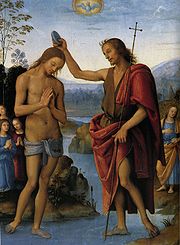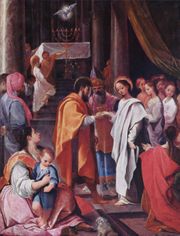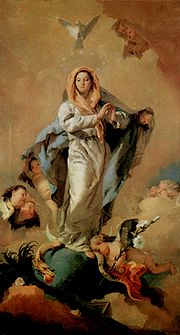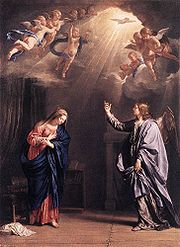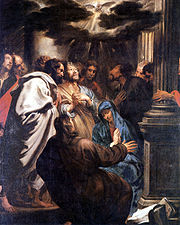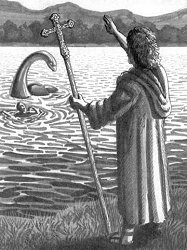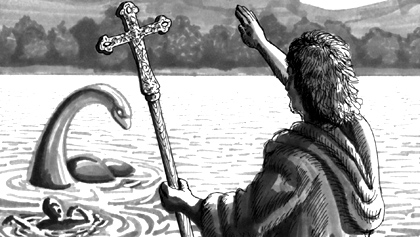A man apparently set himself on fire outside Britain's Parliament on Friday, February 27, 2009, and he was taken to a hospital with superficial burns, authorities told the UK media.
Police said the man was on fire "for a short time" in Parliament Square in the heart of London. Without saying specifically that the man attempted self-immolation, police said they did not believe anyone else was involved.
A police spokesman said the man's burns were superficial and "certainly not critical." He spoke on condition of anonymity in line with force policy.
There was no immediate word on who the man was or why he would set himself on fire. But it follows two attempts at self-immolation by men who have been reported to be ethnic Tamils based in Britain.
(In Sri Lanka, on February 26, 2009, 36-year old worker of actor Vijaykanth led DMDK attempted self immolation over the Sri Lankan Tamils issue. He poured kerosene over his body and set himself ablaze at Vellappatti village in this district, police said. He was immediately rushed to the Christian Medical College hospital, where his condition was stated to be critical.)
Back in the UK, on February 14, 2009, a Tamil was arrested outside Downing Street, home of the British prime minister, before he could set himself ablaze. That came days after a 26-year-old Sri Lankan protester poured gasoline over himself and burned to death outside the U.N. complex in Geneva.
Tamils have been holding steady protests over the Sri Lanka's military action against ethnic Tamils.
In Geneva, police found a five-page letter identifying the man and declaring that the self-immolation was to protest developments in the island nation.
Sri Lanka's government is fighting to crush the rebels and end their 25-year campaign for an independent homeland for the country's ethnic minority Tamils, who have suffered marginalization under the country's majority ethnic Sinhalese. More than 70,000 people have been killed in the violence.
Meanwhile, the Washinton Post reports on another Tibetan-related self-immolation from Asia that had an awful reaction from Chinese authorities.
A young Tibetan monk was shot by Chinese police after he set himself on fire Friday, February 27, 2009, the third day of the Tibetan New Year, at a market in Sichuan province's Aba prefecture, Tibetan activist groups said, citing eyewitnesses.
Many Tibetans this year are avoiding celebrating the New Year or are instead using the 15-day holiday to commemorate those killed in deadly riots in Lhasa last March. Chinese authorities, determined to avoid a recurrence of the violence, have sharply increased security patrols, detentions and so-called reeducation campaigns. They are especially nervous about March 10, the 50th anniversary of the 1959 Tibetan uprising, which Chinese troops forcibly suppressed shortly before the Dalai Lama fled into exile and Beijing imposed its own government in Tibet.
Witnesses told the activist groups that the monk's protest came shortly after he and about 1,000 other monks were refused entry to the main prayer hall at the Kirti Monastery in Aba because local authorities had forbidden observation of Monlam, a traditional prayer festival held after Losar, as the New Year is known. In defiance of the order, the monks sat down outside to begin their prayers about 1 p.m. while older monks pleaded with them to disperse, according to Students for a Free Tibet and the Washington-based International Campaign for Tibet.
The monks complied, but then a monk in his 20s named Tapey came out of the monastery, took out a homemade flag bearing a photograph of the Dalai Lama and at 1:40 p.m. walked to a nearby street market. He had doused himself with oil by the time he reached an intersection in the market, where he set himself on fire, the activist groups said.
Witnesses said police then fired three shots at Tapey. At the first shot, he fell, said Kate Saunders, a spokeswoman for the International Campaign for Tibet, and officials removed him from the scene.
Eyewitnesses said they believed he was dead, but his condition has not been confirmed.
Phones at the public security bureau and government offices in Aba county were not answered Friday night and early Saturday. A doctor at Aba Hospital who gave his surname as Luo said, "Even we don't know where the monk is. Hospital officials had a meeting and told us not to say anything."
After the incident, 500 monks from the monastery immediately began funeral rites for the monk.
A Chinese employee of an Internet cafe surnamed Mu said the streets of Aba were largely empty, except for armed policemen. Shops have been closing earlier than usual, , he said.
The Kirti Monastery in Sichuan has links to the Kirti Monastery in Dharmsala, India, where monks said eyewitnesses in Tibet had reported the self-immolation and the shooting, the activist groups said.
Dozens of Tibetans from in and around Aba prefecture were killed last year.
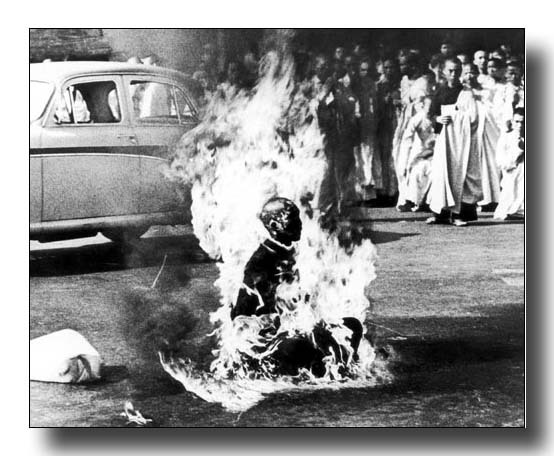
The modern history of political self-immolations began in Vietnam in 1963.
